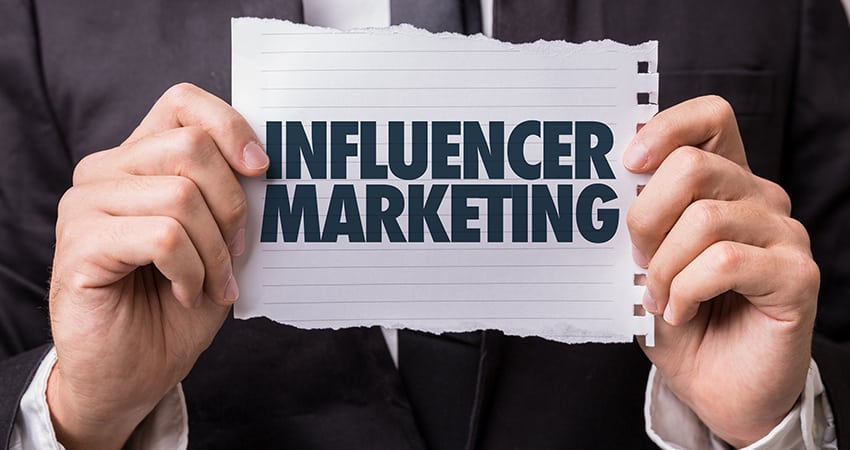There is no doubt that the influencer ecosystem has exploded over the last few years, and micro influencers are a big part of it. In just the last five years alone, the global influencer marketing market size has grown from roughly $1.7 billion to nearly $14 billion. On top of that, add in the last two years of the pandemic that resulted in social media’s ongoing, rapid growth, and there’s no reason to think the next five years won’t see similar projections.
If the pandemic has taught ecommerce brands and retailers anything, it’s that being flexible in creating new avenues to engage with consumers, especially hard-to-reach demos like Gen Z, is mission critical for survival.
Looking at 2022 and the next 12 months, for any brands that are looking to target Gen Z shoppers, micro influencers will have to play an extremely important role in terms of strategy and execution.
From Online to Offline
The last few years have seen influencers migrate heavily from Twitter to Instagram. While these two social media platforms remain popular among brands and influencers alike, others — such as TikTok — are quickly gaining ground in the Gen Z world.
In 2022, expect to see another shift with a growing number of brands taking advantage of both online and offline influencer marketing campaigns. Traditional social media campaigns such as giveaways and reviews will remain popular, but many brands will look to move things to the next level through in-person collaboration.
For example, a fashion and beauty brand could hire micro influencers to visit local brick-and-mortar stores to engage visitors and share information on their products. Micro influencers with a dedicated following can bring attention to the brand online, along with foot traffic to the local store.
There’s no denying the fact that more Gen Z consumers than ever are engaging on social media and shopping online. But there will always be a place for physical interaction, and that’s a micro influencer trend to watch in 2022.
The Growth of Brand Ambassador Programs
Brand ambassador programs connect brands with influencers who serve as advocates to help drive recognition, sales, and engagement.
There’s no shortage of macro (100K – 1M followers) and mega (1M+ followers) influencers who are part of brand ambassador programs, but that doesn’t mean micro-influencers have no place. In fact, many brands prefer micro-influencers for a variety of seasons such as price, audience engagement and network impact.
The growth of brand ambassador programs is partly due to influencer marketing spilling over into new verticals. By hiring well-connected, reputable and respected micro influencers, they’re able to build a more solid relationship with their audience.
Note: The COVID-19 pandemic could (and probably will) impact when and how brands roll out offline micro influencer marketing campaigns.
More Micro Influencers in More Verticals
There’s two ways to really look at this to start. There are more micro influencers today than ever before, with this number expected to continue its rise, and micro influencers are moving beyond “traditional” verticals and into emerging industries.
Growth of the overall number of micro influencers is powered largely by the ability for them to make money without much effort, all while doing something they enjoy. According to Influencer Marketing Hub, micro influencers with 1,000 to 10,000 followers earn on average $1,420 per month.
Secondly, micro influencers are moving beyond traditional verticals. Many brands that didn’t previously have access to a large selection of micro influencers have suddenly found that this is a viable way to reach their audience.
Summary
These are just a few of the micro influencer trends that will move to the forefront in 2022 and likely stay there for years to follow.
The recently released Later x Fohr Influencer Marketing Report notes that the fewer followers an influencer has on Instagram, the more engagement their posts receive. And brands who want to engage with Gen Z aren’t lost on that fact. They know that these influencers have a dedicated, engaged audience that trust what they say, so an alliance is a natural fit.
Austin Rotter is a branding and digital marketing strategist

